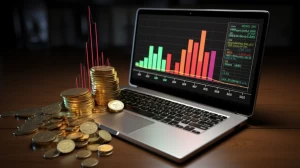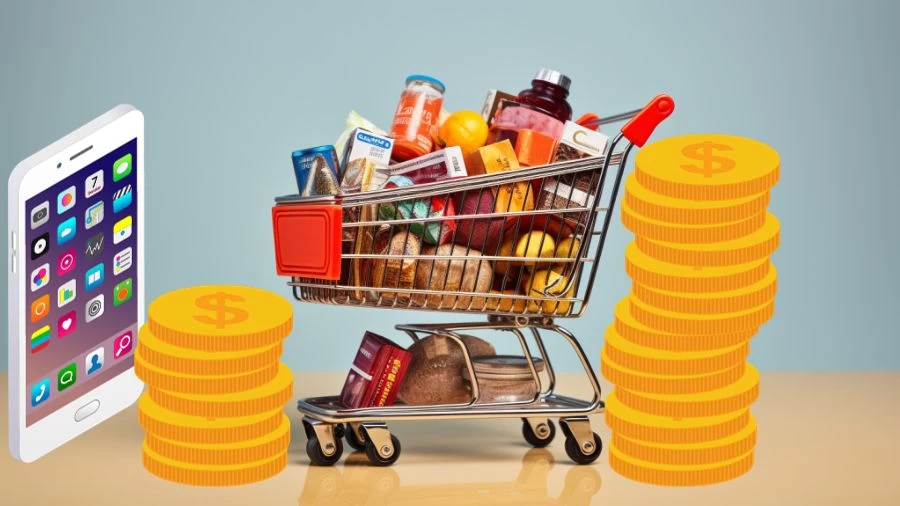
Many Buy Now, Pay Later Loans Have No Interest or Low-interest. How Do They Make a Profit?
"Buy Now, Pay Later" companies profit from merchant fees and other financial products, as well as late fees, data monetization, and strategic partnerships, despite offering low or no-interest loans to consumers.
by Sai V
Published Oct 20, 2023 | Updated Oct 20, 2023 | 📖 2 min read
Many "Buy Now, Pay Later" Loans Have No Interest or Low-interest. How Do They Make a Profit?
"Buy Now, Pay Later" (BNPL) loans often feature no or low-interest rates for consumers. Despite this, BNPL firms generate profits through merchant fees charged to retailers for using their payment service, encouraging higher sales. Additionally, they cross-sell interest-bearing financial products, impose late fees, monetize consumer data, and establish strategic partnerships, ensuring multiple revenue streams to sustain their business models without relying on high-interest charges.
Who Uses Buy Now, Pay Later Services?
Here are the key insights into the demographics of those who utilize Buy Now, Pay Later services,
Younger Generations: Buy now, pay later services are predominantly favored by younger demographics. In August, 37% of Gen Z adults and 32% of millennials utilized these services, showcasing their popularity among the youth.
Higher Income Individuals: Usage patterns correlate with income levels. Households earning $50,000 to $99,999 annually saw 21% utilization, while a significant 28% of those earning over $100,000 engaged in buy now, pay later transactions, indicating a preference among the well-off.
Tech-Savvy and Dissatisfied Consumers: Individuals attracted to digital banking often resort to these services due to limited access to traditional financial institutions. This tech-savvy group seeks alternative financial solutions, driven by dissatisfaction with conventional options.
High Debt and Lower Credit Scores: Users of buy now, pay later services tend to live in high-debt households across various categories. Moreover, their average credit scores are 50 points lower than non-users, indicating a reliance on these services despite potential financial vulnerability.




